University Of Iowa Hospital & Clinics issued the following announcement on October 8.
Surgeons don’t often get to see the fruits of their labor. But for Sharon Beth Larson, DO, MS, FACOS, FACS, a cardiothoracic surgeon, a trip through the hospital one Sunday afternoon meant witnessing it firsthand.
“I was walking through the hallway that connects the main adult hospital with UI Stead Family Children’s Hospital and I noticed a security officer ahead of me,” says Larson. “It didn’t take me long to realize that it was Mr. Coleman. As I passed him, I said ‘Good morning’ to which he replied, only to do a double take when he realized who I was.”
Sharon Beth Larson, MD, operated on Randy Coleman, an ASC in Safety and Security, this spring, allowing Coleman to return to work—and his normal life.
Just months before this encounter, Randy Coleman was in UI Hospitals & Clinics’ Cardiovascular Intensive Care Unit with multiple vessel coronary artery disease; a condition which Larson treated via surgery.
“I think of the condition like when there’s a traffic accident that blocks the flow of traffic behind it; we create detours to restore the flow of traffic,” says Larson. “That’s exactly what coronary artery bypass graft surgery does. It’s sewing a new pathway of blood flow to the heart muscle when there’s an obstruction.”
Expressing gratitude
The surgery was a success, Coleman returned to work, and not long after, Larson received a letter from Coleman and his family , detailing what the care he received meant to his family.
“Everyone’s actions were congruent with how we would’ve treated Dad, if only we had the skillset and mindset to do it,” the letter says. “Thank you for stepping in during our most vulnerable hours and treating us like family.”
While the letter calls out specific members of the care team, Larson is quick to note that it’s a collaborative effort.
“There is no person alive that can do this on their own,” she says. “The reason why we were so successful with Mr. Coleman’s case is because we have the world’s greatest team.”
Back in uniform
Once realizing who Larson was, Coleman was quick to show his gratitude to the surgeon who performed his life-altering procedure.
“I received a very warm embrace from him,” says Larson. “It was delightful because to see him back in his uniform, back to work in such a short time after his surgery, that’s the physical manifestation of why we do this.”
For Larson and her team, the motivation to care for each patient is clear.
“If we cannot preserve or improve a patient’s quality of life, we should not be taking them to the operating room,” says Larson. “First and foremost, that is the goal: it’s the preservation, restoration, and improvement in their quality of life. And for Mr. Coleman, we accomplished that.”
Original source can be found here.

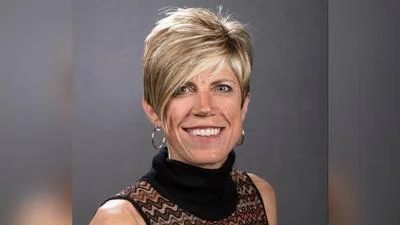
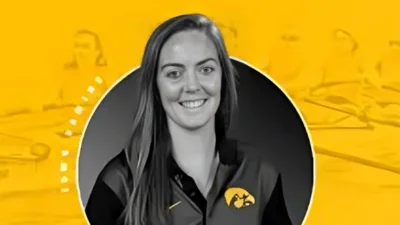
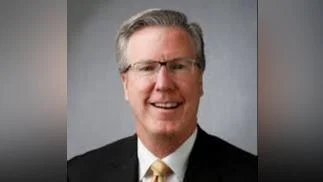
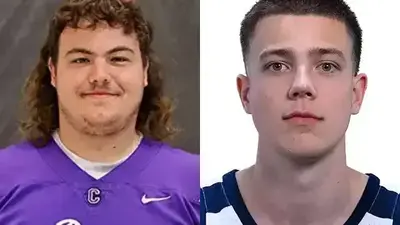
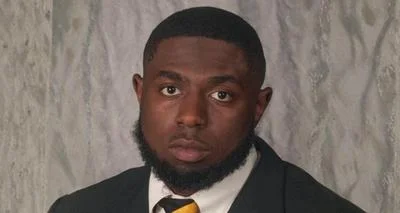
 Alerts Sign-up
Alerts Sign-up